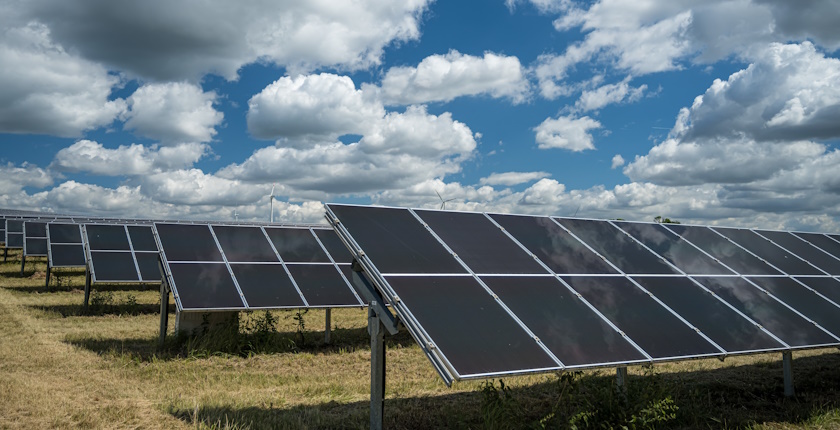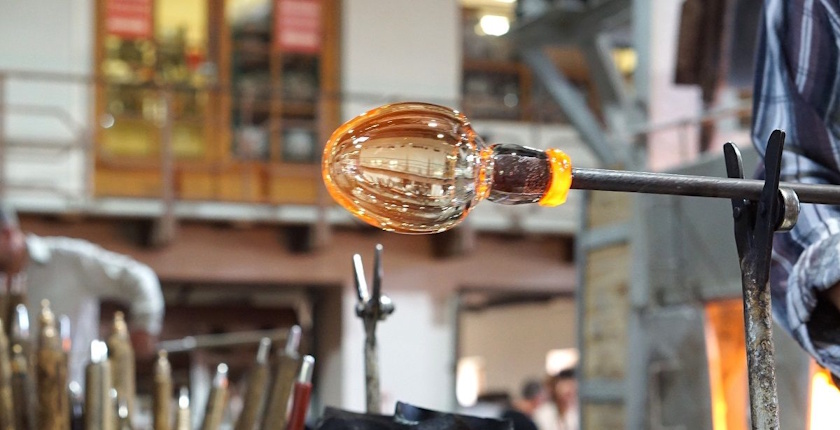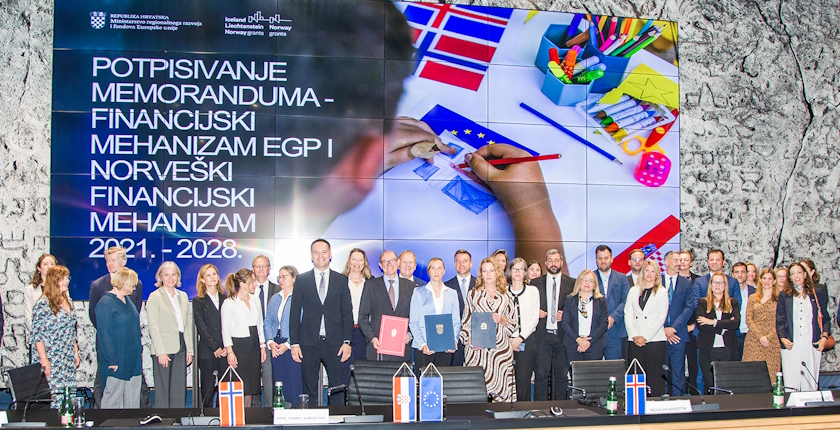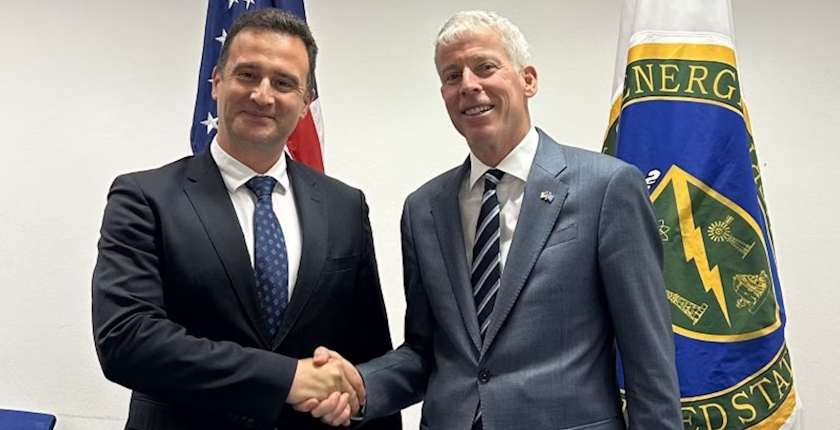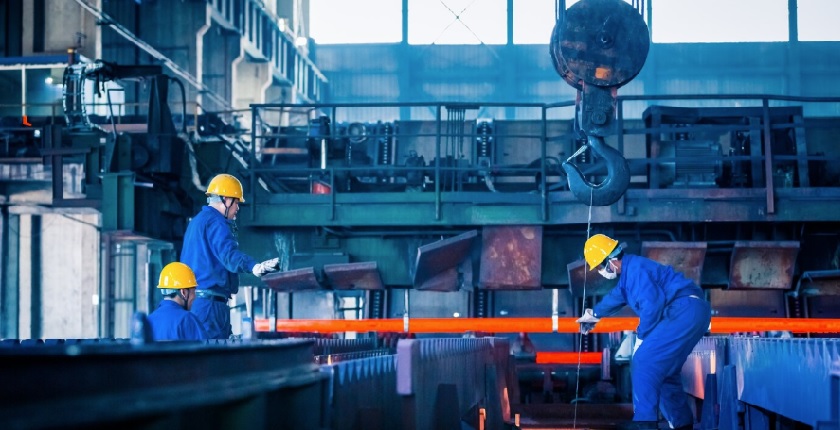
Greece mulls subsidizing green energy as loan to energy-intensive industry
The Greek government intends to support energy-intensive industries through a new mechanism involving renewable energy.
In recent days, discussions took place between the Hellenic Federation of Enterprises (SEV) and the ministries of environment and energy, finance, and development. The employers’ organization presented a so-called Italian plan. It is based on Italy’s Energy Release 2.0 scheme.
The assistance would be provided in the form of a green energy loan. Around 400 industrial consumers would benefit from lower power prices, at EUR 60 per MWh, for three years. In return, they would be obliged to invest in renewable energy and return twice as much cheap electricity within a period of 20 years.
Based on the proposal, the industries are expected to add about 1.75 GW, of which 80% in photovoltaics and 20% in wind power capacity. The estimated amount of low-cost electricity that they would be entitled to is 10 TWh, and the cost of the scheme is seen at EUR 285 million per year for three years.
Brussels approval critical
SEV expressed the belief that the European Commission would easily accept the plan, after Italy got partial approval. However, another industry association, the Hellenic Union of Industrial Consumers of Energy (UNICEN), warned that the other country’s scheme has not yet formally obtained a green light from the administration in Brussels.
Namely, the EU sent a letter to the Italian authorities, listing the changes they needed to make. According to UNICEN, the Greek model would be approved if it follows the proposed revised version.
The ministers consider SEV’s proposal acceptable, but they said they needed to figure out the financing details. Other mechanisms are not yet off the table. Importantly, they cannot include direct state support because of restrictions set by European competition law. It stipulates that a government cannot simply provide money to a sector unless the scheme implies investments, such as in green energy.
“We are interested in a fair intervention with a holistic view, in order to focus on the most heavily affected businesses. Also, the scheme should not cause fiscal problems,” Deputy Prime Minister Kostis Hatzidakis stated.

